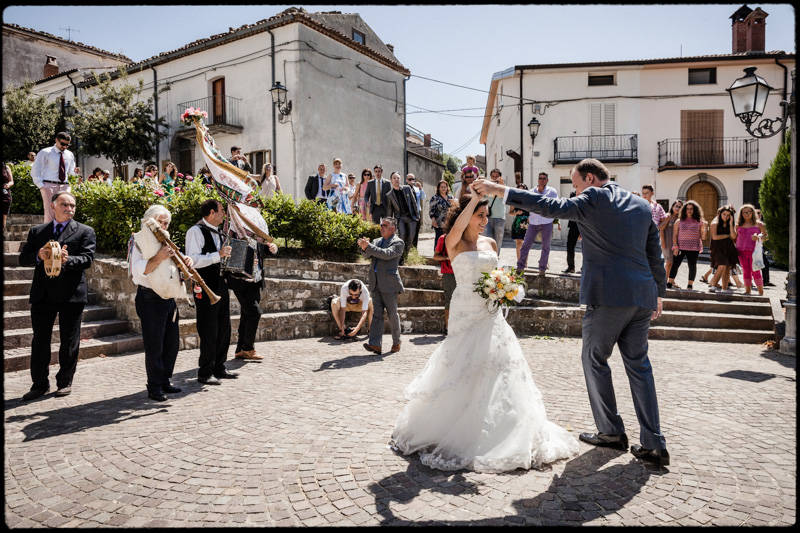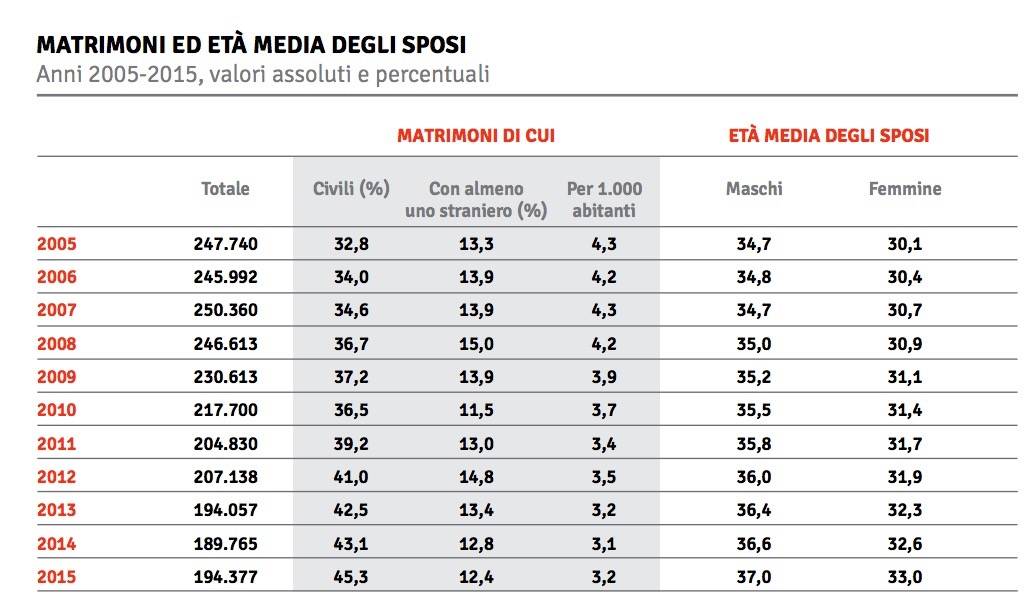Statistics illustrate How Italy Loves and Lives
What is romance worth? Multimedial retailer QVC Italia, which sells products on line by broadcasting on multiple platforms including Sky, had statisticians from an outfit called Human Highway try to figure this out. The results were meant to calculate what love brings in terms of spending on clothes, food, beauty products and even household necessities. Three levels of loving were calculated. The least, E100 ($112), was spent upon his or her saying, "I love you" -- enough, perhaps, for a fancy dinner. A bit more, E127 ($143) was splashed out when he or she declared, "You are all mine." More, if not a gigantic amount, E450 ($505), was spent when the couple exclaimed, "Let's get married!"
In respect to the fashionable journalistic term, full disclosure, this reporter is obliged to confess that, however less than brilliant a student of economics, I spent a good deal of university time studying economic theory, still a terrific way to begin analysis of most problems. And so, if the above research gives us a picture of the value of love in real, rather than imaginary poetic terms, other current statistics also contribute to a snapshot of Italian life at a time of radical social change.
Translating love into marriage, it may come as a surprise that these are on the rise. In 2015 194,377 marriages were celebrated, 4,600 more than the previous year, according to a recent report by Istat, the reputable public statistics-gathering service. This serious turn-about seems to reflect two things. The first is the slight upsurge in the economy (and especially exports); during the bleak years between 2008, when the recession began, and 2014, some 10,000 fewer marriages were celebrated every single year. As an aside, of all these marriages, just over 12% were between an Italian citizen and a spouse with a foreign passport.
A possible secondary cause is passage of a new law speeding up the bureaucratic business of divorce. In fact, in the current turnabout, church marriages waned and those celebrated in town halls rose 8% more in 2015 than in 2014. Statistics also show that the average length of a marriage before divorce now stands at 17 years. At the same time, the number of divorces rose to a striking degree, up 57% over 2014; again, that radical upsurge is considered primarily due to the new speedy divorce law. Even so, at the time of divorce the average age of the husband is 48, the wife, 45.
In terms of culture, Italians can take pride in the fact that 30% visit museums while one out of four (24%) tour archaeological sites. Half of those over age 6 have been to the cinema recently. At almost 49% of the total, women read more books than men, 48.6%, over the past 12 months. Nine out of ten, male and female, watch TV habitually, and 52% of the men and 42% of the women read a newspaper or news magazine at least once a week.
The perhaps most dismal picture concerns Italian youth. In 2016 Italy fared worst in the entire European Union for the number of its young people, 2.2 million between the ages of 15 and 29, who neither attend school nor hold down jobs. Not surprisingly, therefore, two out of every three Italians of up to the age of 34, or 8.6 million (68%), still live at home with their parents. "In Italy, the children of the leadership class go to university and become in turn part of the managerial class. Working-class youth have trouble entering the job market, which still offers above all non-qualified jobs while those jobs on the intermediate level simply disappear," according to Rosaria Amato, writing in La Repubblica daily.
As a result, the November 2016 Istat figures also demonstrate that the entire class system in Italy is changing, and rapidly. The old, familiar working classes in Italy are now divided into subgroups. Those jobs which require no qualifications are increasing while the intermediate levels are disappearing, with obvious, serious political repercussions for the future.
And so to health and old age, Italy's elderly live longer than most in West Europe, to 83.2 years by comparison with the European average, 81 years; in the U.S. the average life span in 2014 was only 79 years of age, a tribute, perhaps, to the attention paid to nutrition as well as to the existence of a still functioning public health system. On the other hand, current statistics indicate that the families suffering from real poverty have risen from 11.5% of the total in 2015 to 11.9% last year, while the number of families at risk of falling into poverty are seen as almost 29% of the population today.





































i-Italy
Facebook
Google+
This work may not be reproduced, in whole or in part, without prior written permission.
Questo lavoro non può essere riprodotto, in tutto o in parte, senza permesso scritto.